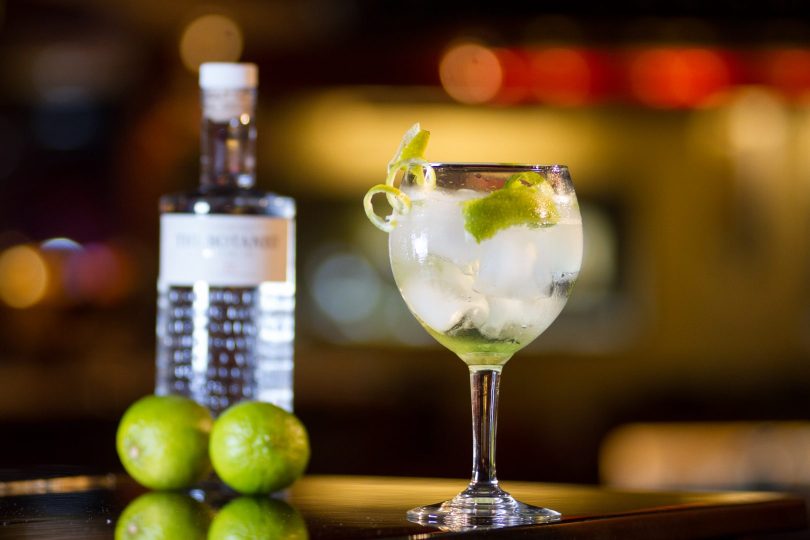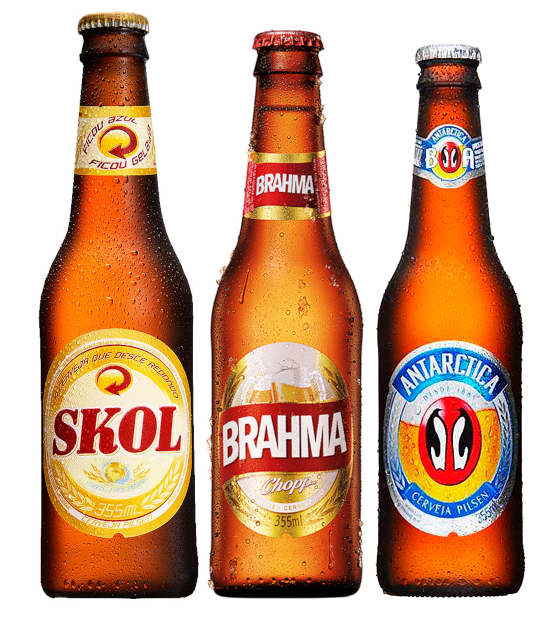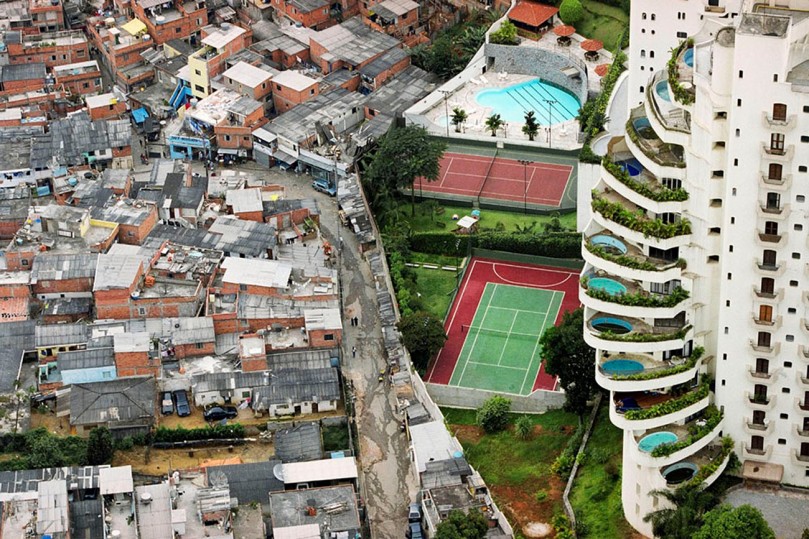Before coming to Brazil, I was most worried about getting killed and/or getting robbed. Surprisingly, my fears were not induced by media coverage of violent crimes in Brazil (we rarely hear about such things in Europe). My fear was cultivated by talks with Brazilians visiting Europe, who practically could not stop talking about how more dangerous Brazil is than Europe and how Europeans would get killed/raped/mugged/robbed/etc. if they went to Brazil. So, what is the truth? Is Brazil really hell itself? Will everyone, who stays there long enough, get murdered? I have survived several months in Brazil, without having been mugged and while I can certainly confirm that Brazil is much more dangerous than Europe, I think if one “follows the rules”, one can stay out of trouble for quite a long time.
What do I mean by following the rules? Following the law? Well, not just that. It is true that if you are a law-abiding citizen in Brazil, you are less likely to be murdered. But that is just not enough. You also have to be street-smart to minimize the damage. What do I mean here? Well, if you are a tourist, you had better hide that you are a tourist, if you have any valuables, you had better not show them, and you had better not go to the wrong places in the wrong times. You have to know what can happen to you, so that you can prepare for it adequately.

Pickpocketing is very common in crowded places like touristic areas, city centers. To prevent your valuables from getting stolen, it is best not take any to such places. If you really must take things with you, do not put them to places that are easy to reach, for example: keep your wallet at the bottom of your bag. Do not show your that you have valuables, or where you keep them. For example: do not check your phone in the middle of the square, if you need to order a cab/Uber/99/Lyft/Cabify/whatever or if you are just lost, and want to check the map, enter a supermarket that has cameras, check your phone put it away and get going. It is always a good idea to lay low, and not to attract attention by flaunting wealth.
Tourists should also be aware of scams, but as I lived in a less touristic city, I cannot tell much about these. In general, kindly saying no and walking by, not maintaining eye-contact mostly helped me. Never leave leave your bags or other valuables unattended. If you go to the beach, somebody should guard the stuffs while the others are in the water. Hiding money/jewelry in the shoes will definitely not help.
I generally recommend using a credit card to pay for expenses in Brazil, because exchange offices work with horrible fees and conversion rates. Nevertheless, caution is advised. It is recommended to always check the amount that the waiter/shop assistant/etc. puts in the machine, because very often people try to trick customers by adding an extra zero to the sum. Credit card cloning is also common in Brazil, I guess a good advice would be to only use the card at trustworthy places.
Mugging is so rare in Europe nowadays, that Europeans probably never had to count with its probability. In Brazil they are much more frequent. It is important that if the thieves have a gun or knife, but even if they appear to be unarmed, you should not try to fight back, you probably have more to lose. You should just hand over your belongings and get out of there. Muggings usually happen in deserted streets or at night, so one should stay in safe places after dark. Not carrying any valuables also helps minimizing the damage. You should note however, that you are advised to always have a small amount of cash ($5-10) to hand over in such cases, because you do not want to piss off the mugger, because especially if they are under the influence of substances, they might just kill you right there. When I had to cross unsafe areas, I always had enough money in my socks for a bus to get home in case I got mugged. However, his is an exaggerated measure for most situations.
Crimes against women are especially common in Brazil, therefore it is not advised for women to walk outside at night or in dangerous places. It is always better to call a cab or any of its modern alternatives (they are really cheap here) to move around. Muggings on buses are also often reported about in the news, but for example I have travelled two hours by bus every day for half a year without having had any incident. It may be because I was taking a bus that many stops with security guards. In general, travelling by car is much safer than taking the bus. Surprisingly, even the metro is safer than the bus.

Walking in certain neighborhoods can be dangerous, especially at night. It is good if you can get a ride home. However, even in a car, you should be cautious. When the car is stationary (at red lights e.g.) and there are people nearby, it is safer to not leave the windows open. It is also advisory to not stop at red lights in streets without traffic, as you get mugged when you stop or slow down for the red light. I am sorry to say that, but one should also be wary, that sometimes, the bad guys fake that their car broke down and rob you if you stop there trying to help.
Kidnappings can occur too, even if they are not as common in Brazil as in some other Latin-American countries. I guess the regular caution (hide the bling, avoid dangerous-looking places) is enough to prevent them. However, there is a phone scam, where criminals would call random numbers, saying that they have kidnapped the son/daughter of the victim, demanding a ransom. And many gullible victims would believe it and would comply with the demands of the criminals. That is why Brazilians do not introduce themselves when they receive a phone call.
Altogether, I think that if someone is street-smart, then they can most probably avoid becoming a victim in Brazil, and the country itself is beautiful, there are many places that are worth the trouble. So, were the Brazilians that I talked to lying? Is talking to locals more frightening than listening to nowadays media? (Yes, I had seen Cidade de Deus and I was still not as terrified as after having talked to Brazilians.) The way I see it, the stories of Brazilians who travelled to Europe were exaggerated because of their recent experiences in the old continent.
Brazilians who do not travel, do not realize how dangerous Brazil is. They sometimes hear about stupid tourists getting robbed in ridiculous ways, but they accredit them to the naivety of foreigners. As they say: “Brazil is not for beginners”. Brazilians, who experience how safe the streets of Europe are, are usually amazed, that life can be that much easier. They are surprised to hear that it is safe to walk through the park after midnight, they are surprised to see people walking with expensive phones in their hands inn busy streets. And when they see this, they imagine that if they tried to behave like this at home they would be mugged in half an hour. As a matter of fact, all of the Brazilians that I have talked to, told me that the biggest culture shock that they had when coming to Europe, was the contrast in security.
I know that the above lines sound scary. But after all, most tourists who travel to Brazil get home just fine without any harm. Most tourists stick to the more touristic area, where police presence is much higher, and at the main sights (for example at the Redeemer statue or on top of the Sugarloaf Mountain) it is perfectly safe to take pictures with a brand-new phone or a high-end camera. My aim was definitely not to deter anyone from travelling to this otherwise amazing country. I simply meant to emphasize that in Brazil, more serious preventive measures are necessary than in Europe.


































